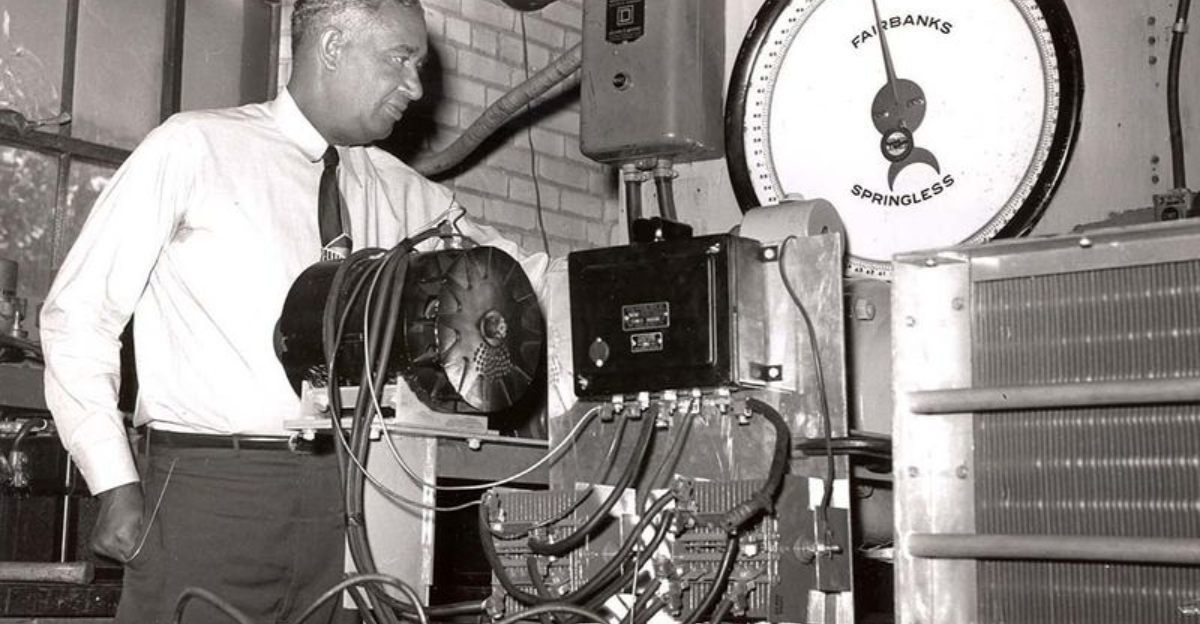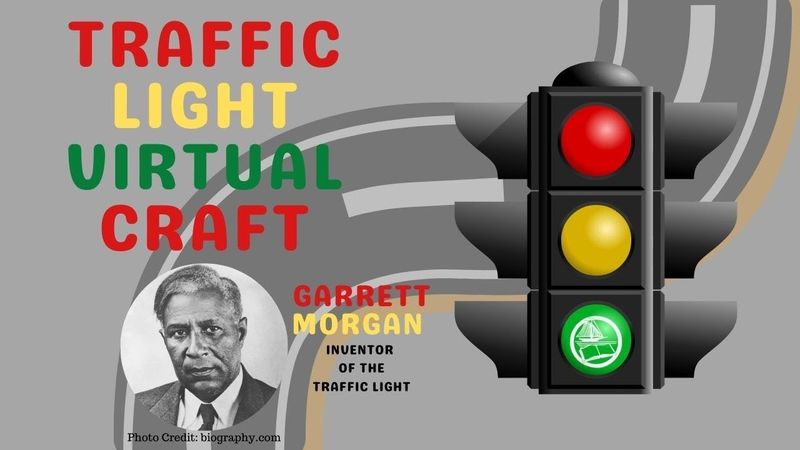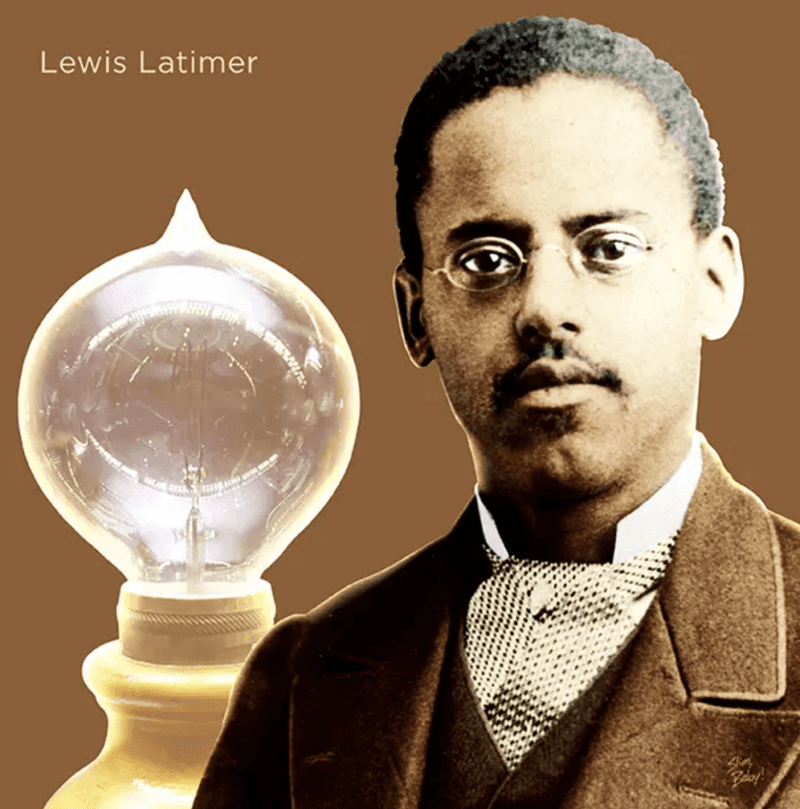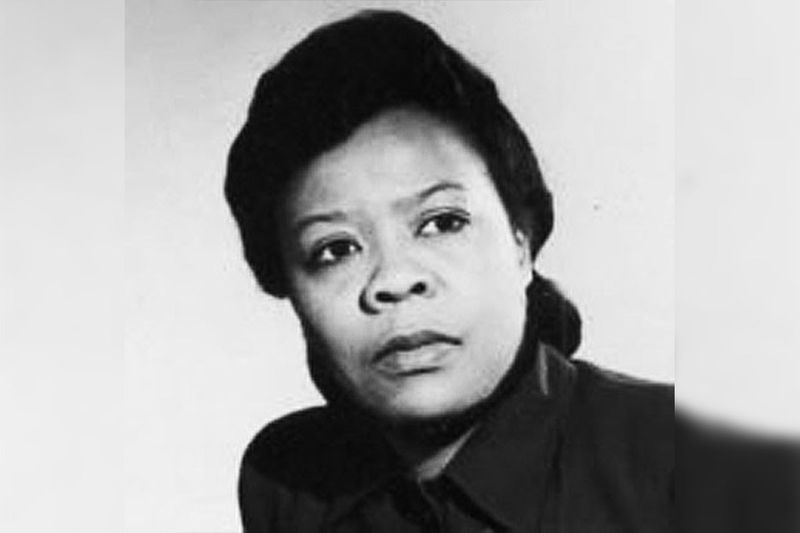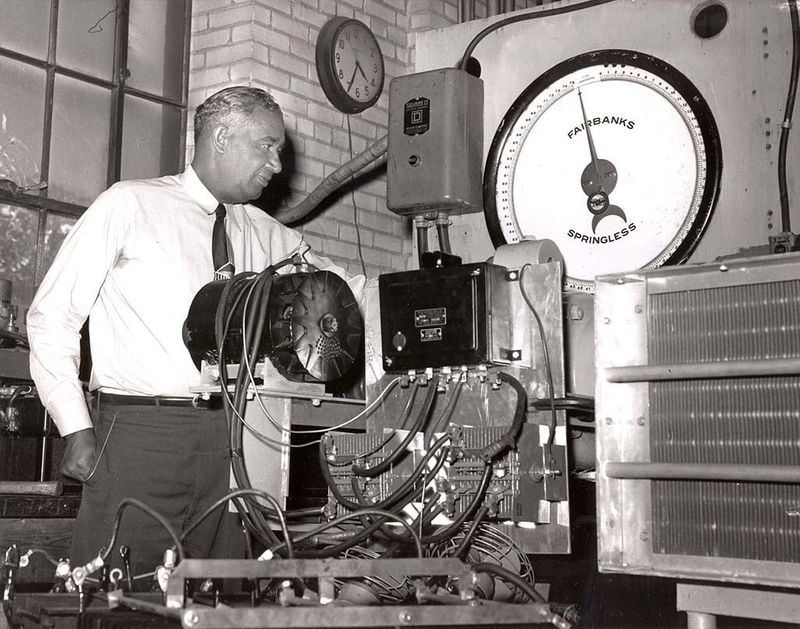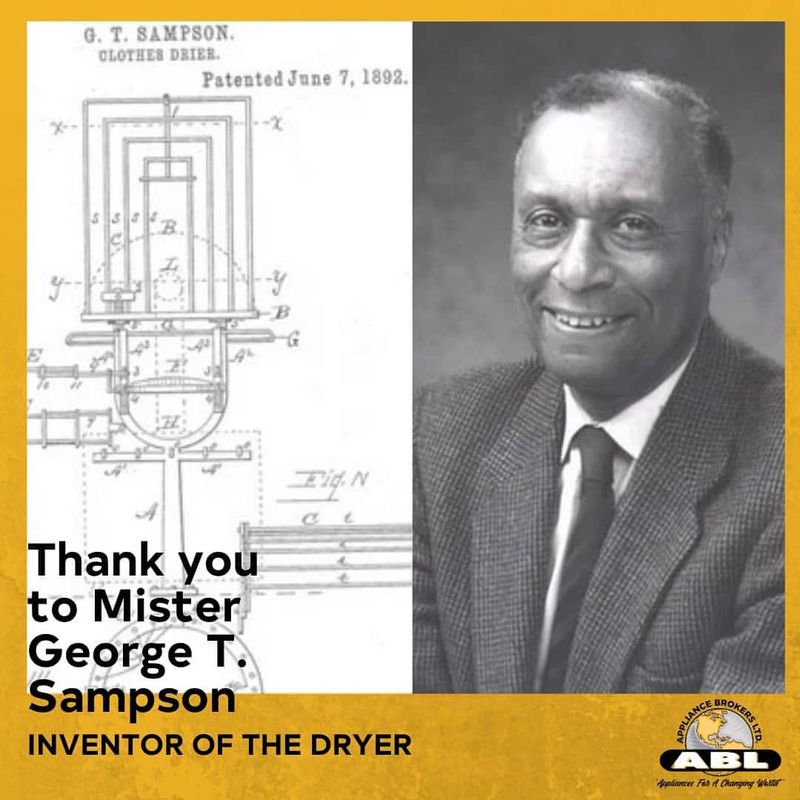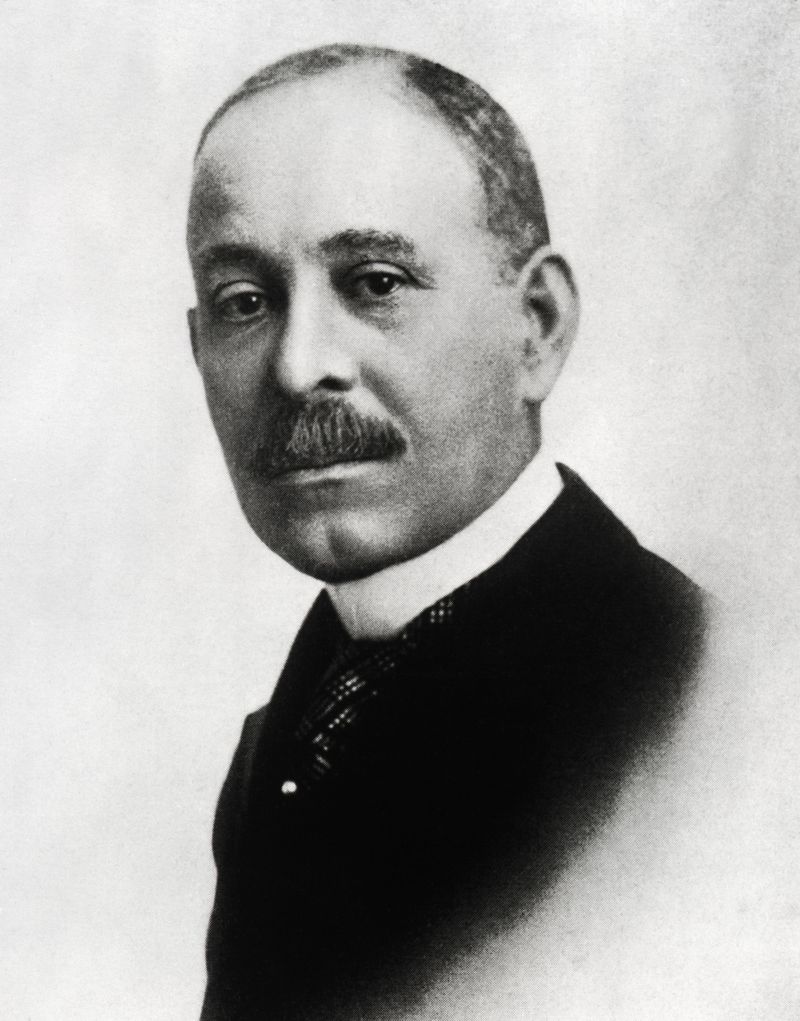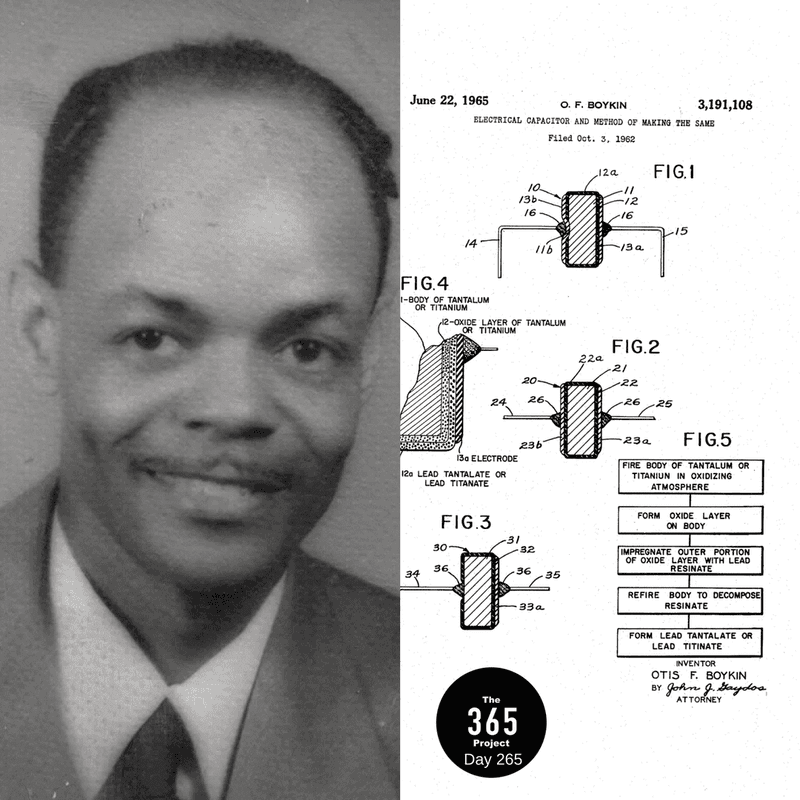Let’s take a whimsical journey through history, exploring 20 fascinating things that have been claimed to be invented or originated by white people, yet their roots tell a different story.
This list includes influential people and innovations from diverse cultures, demonstrating the rich tapestry of human creativity and ingenuity.
From music to technology, these stories reveal the true inventors and pioneers who deserve recognition for their groundbreaking contributions.
1. Sister Rosetta Tharpe, Fats Domino, Chuck Berry
Sister Rosetta Tharpe, Fats Domino, and Chuck Berry are legends whose musical prowess laid the foundations for Rock & Roll.
With Rosetta Tharpe’s electrifying guitar riffs, Domino’s rhythmic piano, and Berry’s charismatic performances, they drew from African American musical traditions to create a genre that reshaped the world.
While often overshadowed by their white counterparts, these artists broke barriers, influencing countless musicians across generations.
Their contributions are a testament to the vibrant cultural mosaic that underpins the music industry. Acknowledging their legacy enriches our understanding of Rock & Roll’s true origins.
2. Garrett Morgan – Gas mask
Garrett Morgan’s invention of the gas mask, originally known as a safety hood, came from a desire to protect human life during emergencies. His device, crafted with intuition and foresight, saved countless lives in fires and hazardous environments.
Morgan’s creation faced skepticism initially, yet his persistence in demonstrating its effectiveness led to widespread adoption.
His work highlights the importance of innovation driven by empathy and the profound impact one individual can have on public safety. Morgan’s legacy as an inventor remains pivotal in the realm of protective technology.
3. Garrett Morgan – Three-signal traffic light
The three-signal traffic light, a fixture of modern transportation, owes its existence to Garrett Morgan. Observing the chaos at intersections, Morgan designed a solution that improved road safety, introducing a ‘caution’ signal to the existing stop-and-go system.
His invention reflected a deep understanding of urban dynamics and human behavior. Though traffic lights are ubiquitous today, Morgan’s contribution is a testament to creative problem-solving.
His foresight not only reduced accidents but also laid the groundwork for future innovations in traffic management, making him a pivotal figure in automotive safety.
4. Alexander Miles – Automatic elevator doors
Alexander Miles revolutionized vertical transportation with his invention of automatic elevator doors. Before his innovation, manually operated doors posed significant safety risks to passengers.
Miles’ design ingeniously automated the opening and closing process, reducing accidents and increasing efficiency. His work transformed building architecture and urban planning, making skyscrapers and modern cities possible.
This advancement not only enhanced safety standards but also paved the way for future technological developments in the field. Miles’ contribution remains a cornerstone of elevator technology, reflecting a legacy of ingenuity and improvement.
5. Dr. Charles Richard Drew – Modern blood bank
Dr. Charles Richard Drew’s groundbreaking work in developing modern blood banking techniques revolutionized medical practices worldwide. His innovative methods for storing and preserving blood plasma significantly improved the safety and accessibility of transfusions.
Drew’s work was instrumental during World War II, saving countless lives on the battlefield. Despite facing racial discrimination, his expertise and dedication earned him recognition as a leading figure in medicine.
His contributions laid the foundation for modern transfusion medicine, highlighting the importance of dedication to scientific advancement and humanitarian efforts in healthcare.
6. Lewis Howard Latimer – Carbon filament for light bulbs
Lewis Howard Latimer’s development of the carbon filament significantly improved the longevity and efficiency of light bulbs. Working alongside prominent inventors, Latimer’s expertise elevated electric lighting from a novelty to a practical household utility.
His contributions extended beyond invention; as a skilled draftsman, he helped patent major innovations in the electrical industry. Latimer’s work exemplifies the vital role of collaboration and diversity in technological progress.
His legacy is a beacon of the transformative power of creativity and knowledge, illuminating the path for future generations of inventors.
7. Sarah Boone – Improved ironing board
Sarah Boone’s improved ironing board design transformed the art of garment care for homemakers everywhere. Her invention, which provided a more efficient and ergonomic structure, was particularly beneficial for ironing women’s garments.
Before Boone’s innovation, ironing boards were rudimentary and cumbersome, but her design introduced a breakthrough in household efficiency and convenience.
Her contribution demonstrates the impact of practical inventions on everyday life, especially for women managing household chores.
Boone’s legacy remains in the ease and functionality of modern ironing boards, highlighting her role as an inventive problem-solver.
8. Lonnie Johnson – Super Soaker
The Super Soaker, a staple of summer fun, was the brainchild of Lonnie Johnson, an inventive engineer with a knack for turning ideas into reality. His creation transformed water gun technology, bringing joy and excitement to children worldwide.
Johnson’s engineering background and innovative spirit fueled his success, leading to a multi-million-dollar toy empire.
Beyond entertainment, his career is marked by significant contributions to energy and aerospace, embodying a versatile and visionary approach to invention. Johnson’s story inspires future generations to pursue their passions and think outside the box.
9. Marie Van Brittan Brown – First home security system
Marie Van Brittan Brown’s invention of the first home security system emerged from a personal need for safety and peace of mind. Her design incorporated a camera and monitor setup, allowing homeowners to view visitors from inside their homes.
This pioneering system laid the groundwork for modern security technologies, combining innovation with practical application. Brown’s contribution underscores the importance of addressing real-world problems with creative solutions.
Her legacy continues to influence security measures today, highlighting the intersection of technology and personal safety in our everyday lives.
10. Frederick McKinley Jones – Refrigerated truck systems
Frederick McKinley Jones revolutionized food distribution and preservation with his invention of refrigerated truck systems.
His technology ensured that perishable goods could be transported over long distances without spoilage, transforming the agricultural and food industries.
Jones’ innovations provided a foundation for modern logistics, enabling global trade of fresh produce and meats. His work is a testament to the impact of engineering solutions on everyday life, ensuring food quality and availability across the world.
As a pioneering inventor, Jones’ contributions reflect the vital role of creativity in solving complex challenges.
11. Dr. Henry T. Sampson – Gamma-Electric Cell
Dr. Henry T. Sampson’s invention of the Gamma-Electric Cell marked a pivotal advancement in energy conversion technology. This innovation provided a foundation for future developments in wireless communication, including cell phone technology.
Sampson’s work exemplifies the power of scientific research in driving technological progress. By transforming radiation energy into electricity, his contributions opened new possibilities in energy usage and communication.
Dr. Sampson’s legacy is a testament to the importance of innovation in shaping the future, highlighting the interconnectedness of various scientific disciplines.
12. George T. Sampson – Automatic clothes dryer
George T. Sampson’s invention of the automatic clothes dryer brought convenience and efficiency to household chores. His innovative design provided a practical solution to drying clothes, transforming the domestic landscape.
Sampson’s work improved the quality of life for many, streamlining laundry processes and saving time for homemakers. This invention is an example of how ingenuity can enhance everyday experiences, making tasks simpler and more effective.
Sampson’s contribution remains a cornerstone of modern appliances, reflecting the enduring impact of creative problem-solving in the sphere of domestic technology.
13. Norbert Rillieux – Sugar refining process
Norbert Rillieux’s development of an improved sugar refining process transformed the sugar industry in the 19th century. His invention reduced costs and increased safety by using a vacuum pan method, which eliminated the need for open kettles.
This advancement not only improved efficiency but also enhanced the quality of sugar production. Rillieux’s work is a prime example of how engineering innovations can optimize industrial processes.
His legacy is a testament to the power of scientific ingenuity in revolutionizing traditional practices, contributing significantly to the global sugar industry.
14. Dr. Daniel Hale Williams – One of the first successful open-heart surgeries
Dr. Daniel Hale Williams made history with one of the first successful open-heart surgeries, a pioneering achievement in medical science. His meticulous skill and dedication to patient care broke new ground in surgical procedures.
Williams founded Provident Hospital, the first non-segregated hospital in the United States, reflecting his commitment to healthcare accessibility. His work not only saved lives but also set new standards in the medical field.
Williams’ legacy is a beacon of excellence and innovation, inspiring future generations of surgeons to push the boundaries of medicine.
15. Charles B. Brooks – Street sweeper truck design
Charles B. Brooks revolutionized urban cleanliness with his innovative street sweeper truck design. His invention mechanized the process of cleaning streets, improving efficiency and sanitation in cities.
Brooks’ design was a precursor to modern street cleaning vehicles, reflecting the importance of practical solutions in urban management. His contribution underscores the impact of technological advancements on public health and city aesthetics.
As an inventive pioneer, Brooks’ work exemplifies the role of creativity in improving urban living conditions, leaving a lasting legacy in city planning and maintenance.
16. Marian Croak – Key VoIP technology advancements
Marian Croak’s pioneering work in Voice over Internet Protocol (VoIP) technology transformed global communication. Her innovations made it possible to transmit voice data over the internet, revolutionizing how people connect across distances.
Croak’s contributions have had a profound impact on the telecommunications industry, facilitating more reliable and cost-effective communication solutions.
Her work exemplifies the potential of technological advancements to bridge gaps and enhance connectivity worldwide. Croak’s legacy continues to influence the evolution of communication technologies, inspiring future innovators to explore new frontiers.
17. Otis Boykin – Pacemaker control unit improvements
Otis Boykin’s enhancements to the pacemaker control unit significantly improved the reliability and efficiency of heart pacemakers. His work played a crucial role in advancing cardiac healthcare, providing life-saving technology to countless individuals.
Boykin’s inventions span numerous fields, showcasing his versatility and ingenuity as an inventor. His dedication to improving electronic devices highlights the importance of precision and innovation in medical engineering.
Boykin’s legacy is a testament to the transformative power of inventive solutions in enhancing quality of life and advancing medical science.
